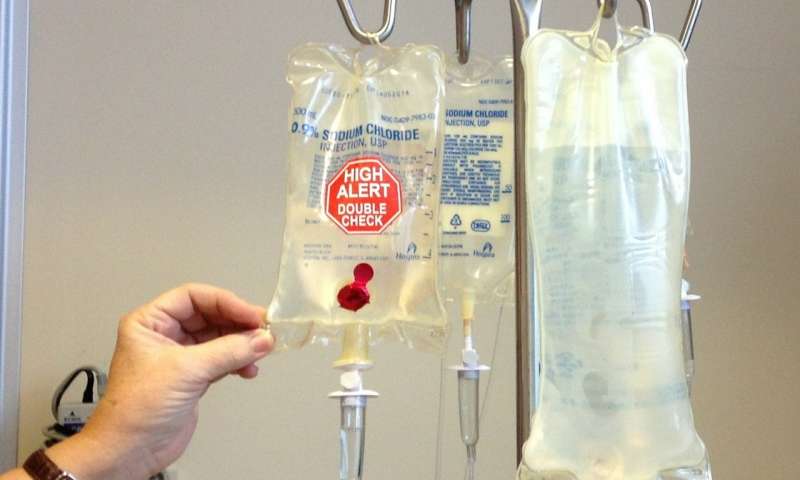
A phase 2 clinical trial has found that combining a molecular targeted drug called temsirolimus with chemotherapy shows promise in the treatment of rhabdomyosarcoma, the most common soft tissue sarcoma in childhood. The Children’s Oncology Group trial was led by Leo Mascarenhas, MD, MS, Deputy Director of the Children’s Center for Cancer and Blood Diseases at Children’s Hospital Los Angeles. Results were recently published online in the Journal of Clinical Oncology.
“Since the early 1990s, there’s been no change in the overall survival or risk of recurrence of this disease,” explains Dr. Mascarenhas, Section Head, Oncology, in the Division of Oncology, Hematology and Blood and Marrow Transplantation at CHLA. “This trial was pivotal in finding a path forward to potentially break the stalemate.”
Rhabdomyosarcoma is a rare childhood cancer that arises in the body’s soft tissues, such as muscle. A small group of patients—those whose tumors can be surgically removed at the time of diagnosis—have an over 90% chance of being cured. But for others, the outlook is far less certain. About half are considered “intermediate-risk,” with a 60% to 70% chance of long-term survival. Roughly 25% of patients are diagnosed with disease that’s already spread; these children have a poor prognosis. In addition, once rhabdomyosarcoma relapses in any patient, long-term survival plummets to under 20%.
The goal of the clinical trial was to see if a targeted drug could be paired with chemotherapy to improve patient outcomes. It was the first-ever randomized trial in rhabdomyosarcoma to test targeted agents in combination with chemotherapy in both treatment groups.
Researchers compared two targeted drugs against each other: bevacizumab, which inhibits the growth of blood vessels that feed tumors, and temsirolimus, which inhibits a pathway often active in rhabdomyosarcoma called mammalian target of rapamycin (mTOR). Both drugs are approved by the Food and Drug Administration for use in other cancers.
The multicenter trial enrolled 86 rhabdomyosarcoma patients who had relapsed for the first time. About half received bevacizumab with chemotherapy; the other half received temsirolimus with chemotherapy. The chemotherapy agents used were vinorelbine and cyclophosphamide.
Enrollment was stopped early because an interim analysis showed that the temsirolimus combination was clearly superior. After six months, the event-free survival rate of patients receiving the bevacizumab treatment was 54.6%—comparable to results expected at this point in treatment with chemotherapy alone. For patients receiving temsirolimus, it was 69.1%.
The goal of this trial was to determine which molecularly targeted agent warranted further investigation. Because the patients studied had already relapsed, most did not survive long-term on either treatment. However, the Children’s Oncology Group is now conducting a multicenter, phase 3 clinical trial to study the effectiveness of the temsirolimus-chemotherapy combination in newly diagnosed, intermediate-risk patients.
Researchers are trying to see if giving this therapy early on—when the cancer is most sensitive to treatment—will improve long-term outcomes.
Source: Read Full Article
